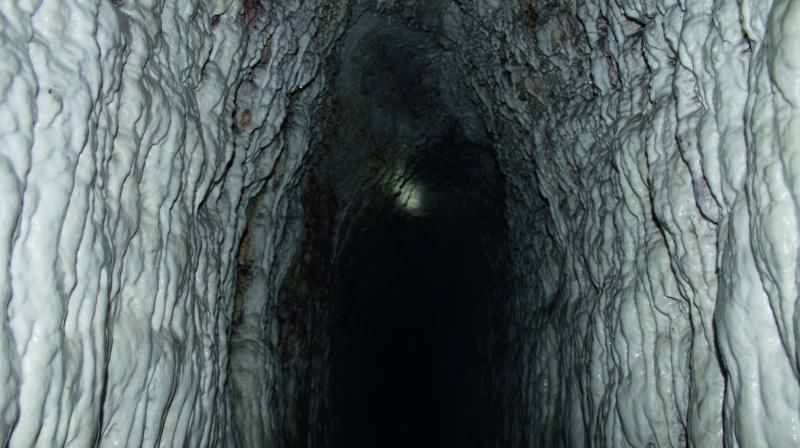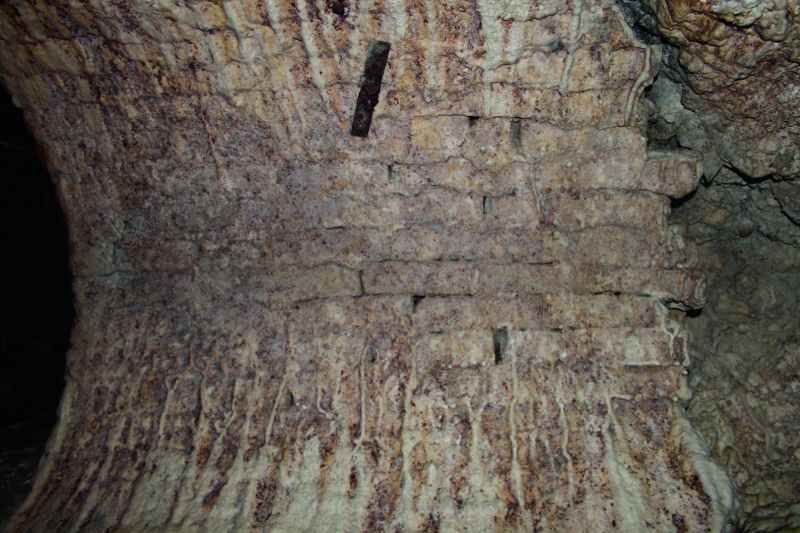400-year-old Persian Oasis
Published on by Water Network Research, Official research team of The Water Network in Government
A 400-year-old water management facility in Madhya Pradesh, famously known as the Persian oasis of Central India for supplying clean drinking water to historical city of Burhanpur uninterruptedly since early 16th century, may now get world heritage site status.

The water management facility at Burhanpur. (Photo: Asian Age)
A Unesco team has visited the district headquarters town of Burhanpur to study the medieval period facility, still functional as a perennial drinking water supply channel, to examine if it qualifies to be declared as world heritage site.
“The team has made some recommendations to meet before according the status of world heritage site,” local convenor of Indian National Trust for Art and Cultural Heritage (Intach), Hosang Havaldar told this newspaper.
Designed and developed by a Persian geologist in 1615 AD to draw ground water from Satpur hills to supply to the erstwhile garrison town of Burhanpur, the facility has been found functional till date. It was built during the Mughal era and includes a 3.9 km-long underground marble tunnel with 103 huge air vents.
“The system caters to the drinking water needs of at least 50,000 people, one fourth of the total population of Burhanpur city, by harvesting ground water in Satpura hills. Around 2.5 lakh gallons of water have been supplied every day after habitation came up along the system,” Mr Havaldar said.
“The medieval water management facility is perhaps the most advanced Karez system, a subterranean water channel that works on the basis of law of gravitation, found in India till date. There are at least five major Karez systems — three in Karnataka, one on Maharashtra and one in Burhanpur in MP — found in India so far,” Pune-based archaeologist Jitu Mishra, who has conducted an extensive study on the Burhanpur system in June this year, told this newspaper.

Photo: Asian Age
Burhanpur, situated on the confluence of rivers Tapi and Utavali, was once the known as the cultural capital of Mughal rule. Its strategic location had made it necessary for the Mughal rulers to establish a garrison town to expand their kingdom to the south. The town was to accommodate two lakh soldiers and 50,000 civilians.
The Karez system was then built by importing water management technology from Persia and supply drinking water to the garrison town during the period.
The circular wells or air vents, known in local parlance as Khooni Bhandara as water found there are deep red in colour, are built with brick and limes.
At the source, the water is found at a depth of 80 metres.
Read more: The Asian Age
Media
Taxonomy
- Drinking Water Security
- Drinking Water Treatment
- Water Access
- Water Supply
- Water Supply
- Infrastructure
- Integrated Infrastructure
- Infrastructure Management
- Integrated Water Resources Management (IWRM)